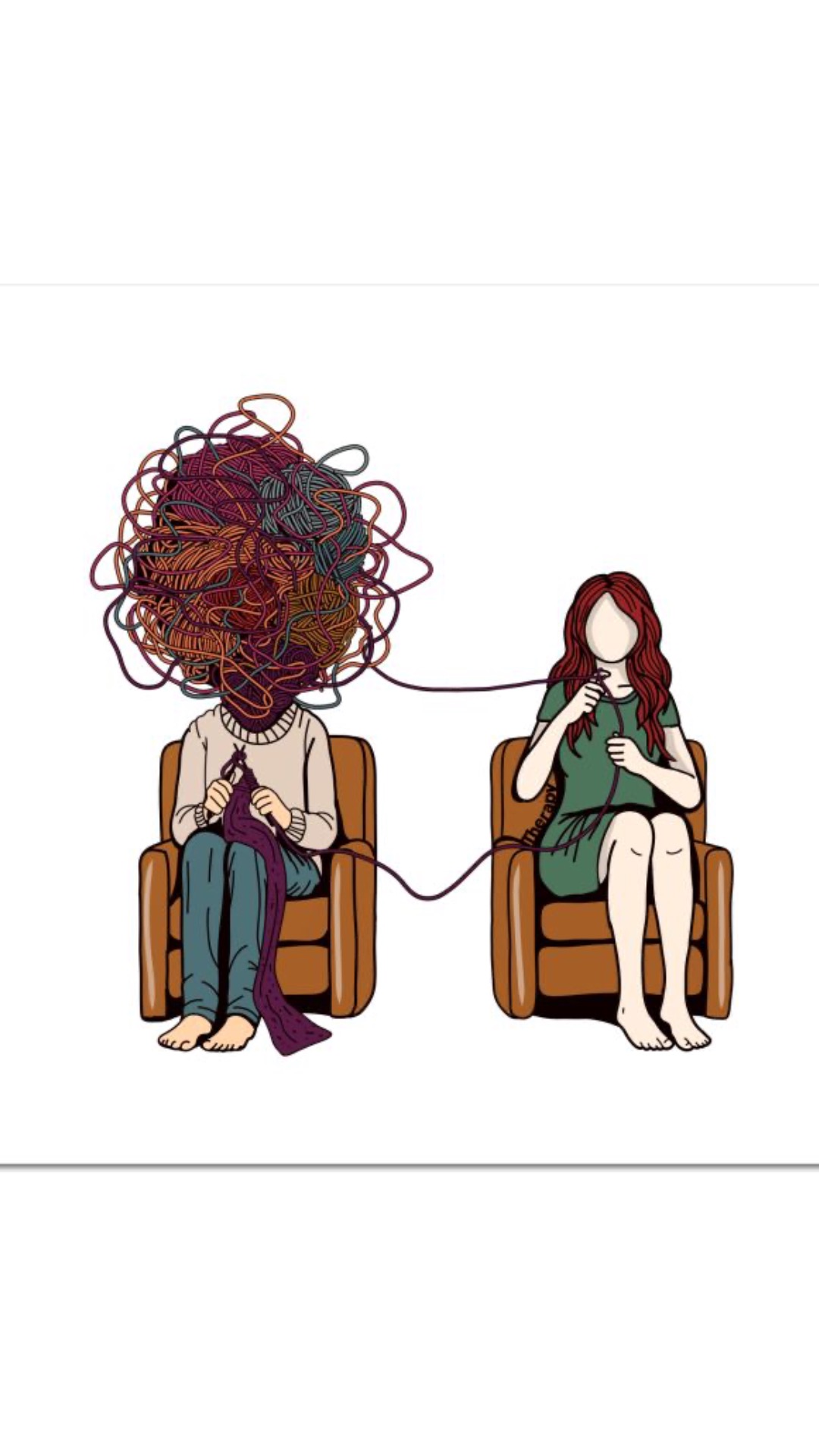What is Supportive Psychotherapy?

Supportive psychotherapy is one of the most widely used and practical forms of therapy in general medical and psychiatric settings. Rather than aiming for deep personality restructuring or uncovering unconscious conflicts, this approach focuses on helping individuals feel safer, more stable, and better equipped to manage life’s challenges. Its philosophical foundation traces back to early moral treatment where compassion, dignity, and structure were seen as essential to healing.
Today, supportive therapy continues that legacy as a gentle, stabilizing force for those who need guidance, reassurance, and emotional containment more than deep exploration.
What Does Supportive Psychotherapy Aim to Do?
The primary goal of supportive psychotherapy is to reduce symptoms and enhance psychological functioning within the patient’s existing coping capacity. Instead of pushing for major insight or emotional breakthroughs, it reinforces what already works.
Through emotional support, problem-solving, and practical guidance, the therapy:
- Strengthens coping mechanisms
- Reduces anxiety and distress
- Improves daily functioning
- Helps the patient adapt to difficult realities
- Maximizes resilience and psychological stability
In short, it’s about restoring a sense of balance not reinventing the personality.
How Does It Work? Approaches and Techniques
Supportive psychotherapy blends structure, warmth, and practical strategies. The therapeutic relationship itself becomes a stabilizing force, characterized by empathy, tactful reassurance, and consistent presence.
Common techniques include:
- Face-to-face conversation (not the analytic couch)
- Clarification and guidance
- Encouragement and praise for progress
- Focus on strengths rather than weaknesses
- Partial gratification of dependency needs while encouraging autonomy
- Help in creating healthy routines—hobbies, rest, social engagement
Support may also extend beyond the therapy room through medication, hospitalization, or collaboration with caregivers, especially when the patient requires additional structure or safety.
The Corrective Emotional Experience
One of the most meaningful aspects of supportive therapy is the Corrective Emotional Experience (CEE). Many individuals enter therapy carrying the emotional residue of invalidating, inconsistent, or harsh relationships.
Supportive psychotherapy offers something different:
- A reliable presence
- Non-judgmental acceptance
- Predictability
- Emotional holding
Over time, this new relational experience can soften old wounds and help the patient internalize a healthier psychological structure. Change happens not through analysis but through being seen, supported, and emotionally protected.
Who Benefits Most? Indications and Contraindications
Supportive psychotherapy is particularly helpful for individuals who are:
- In acute psychological crisis
- Struggling with chronic mental illness
- Experiencing fragile ego functioning
- Managing cognitive limitations
- Seeking relief rather than deep self-exploration
- At risk of psychological regression if exposed to more intense therapies
It is rarely contraindicated, because a supportive stance is part of almost every therapeutic relationship. However, for highly motivated and psychologically stable patients, more insight-oriented therapies may offer deeper growth.
Limitations: What Supportive Therapy Is Not
Supportive psychotherapy isn’t designed to:
- Explore unconscious conflicts in depth
- Promote major personality restructuring
- Encourage regression
- Uncover trauma through free association
Some may consider it less “exciting” or transformative compared to analytic approaches, as it deals mainly with current functioning and practical realities rather than the deeper layers of the psyche.
A Vital yet Often Underappreciated Modality
Supportive psychotherapy provides a therapeutic “bridge” for those who are too distressed, overwhelmed, or vulnerable for more demanding approaches. With its firm balance of empathy, structure, and gentle guidance, it helps patients rebuild functioning, regain emotional footing, and re-enter life with greater strength.
It may not aim for dramatic insight, but it offers something equally powerful:
Safety, stability, and the possibility of living more comfortably and adaptively.
And for many, that is where true healing begins.



Comments (0)